When it comes to constant self-improvement, Kaged is undoubtedly one of the industry leaders. Less than a year after launching their nootropic supplement, Mindset, Kaged is already revisiting and reinventing the formula with Kaged Mindset Elite.
Of course, this new formula will retain the hallmarks of Kaged products we've come to know and love: innovative ingredients, transparency, and third-party testing, among other things.
And like the original Mindset, it also comes in caffeine-based (150mg) and caffeine-free options!
Kaged Mindset Elite, Featuring Rhodiolife
With the redesign, Kaged is leaning on adaptogens, adding the trademarked Rhodiola extract Rhodiolife, respectively. In order to make space for this new ingredient, some of the dose sizes of other ingredients have been decreased – we don't believe this tinkering will negatively affect consumer experience.
Instead, we think adding adaptogens is a smart direction for a nootropic formula since most people use these products to get through stressful situations, such as studying for exams, meeting work deadlines, and coping with emotional disturbances. Increasing focus on stress resilience makes Kaged Mindset Elite more suited to that common use case.
Let's get into how it works, but first, check the PricePlow news and deals:
Kaged Mindset Elite – Deals and Price Drop Alerts
Get Price Alerts
No spam, no scams.
Disclosure: PricePlow relies on pricing from stores with which we have a business relationship. We work hard to keep pricing current, but you may find a better offer.
Posts are sponsored in part by the retailers and/or brands listed on this page.
This area is reserved for Team PricePlow's upcoming videos.
Subscribe to our channel and sign up for notifications so you catch it when it goes live!
Ingredients
In a single 1-scoop (4.3 gram) serving of Kaged Mindset Elite, you get the following:
-
Alpha GPC (Alpha-Glyceryl Phosphoryl Choline 50%) (as AlphaSize) – 600 mg
Alpha GPC is a special form of choline, a B vitamin your body uses to build the phospholipid bilayer membranes that form the outer layer of all its cells.[1] Your body also needs choline for the intercellular signaling that those membranes perform.[2]
Choline is a key precursor to acetylcholine, a neurotransmitter that we at PricePlow often refer to as the learning neurotransmitter because of how central it is for learning and memory consolidation.[3] Taking choline supplements can improve cognitive performance by increasing the body's production of acetylcholine.[4,5]
Choline is also an important methyl donor and plays an important role in methionine metabolism. This is important for long-term health since elevated homocysteine is associated with cardiovascular disease.[6]
Alpha GPC is one of our preferred choline forms because it crosses the blood-brain barrier[7] and is, thus, more bioavailable in the central nervous system.
-
L-Tyrosine – 500 mg
Long story short from our analysis -- For the best effects from tyrosine, choose the regular L-Tyrosine version!
Tyrosine is an important precursor to catecholamine neurotransmitters like dopamine, adrenaline, and noradrenaline.[8-10] These neurotransmitters are important for focus, motivation, and energy. So, supporting their production through tyrosine supplementation can help maintain cognition in stressful situations.
Just to give one example, militaries the world over have examined tyrosine for its anti-stress and wakefulness-promoting properties. The United States military conducted studies that found tyrosine is actually better than caffeine at improving alertness in sleep-deprived soldiers.[11,12]
Finally, tyrosine is a precursor to the thyroid hormones triiodothyronine (T3) and thyroxine (T4). Your body needs adequate tyrosine to produce these hormones in sufficient quantities.[13,14] Since PricePlow readers tend to be physically active and fitness-oriented, it's worth mentioning that intense exercise and caloric restriction can both downregulate thyroid function.[15-17] If you're engaging in those behaviors, a little supplemental tyrosine can help keep you hormonally healthy.
-
Acetyl L-Carnitine HCl – 500 mg
Huge synergy in this formula between the choline and acetyl L-carnitine! If you're low on acetyl groups, your choline may not get to the acetylcholine that you want. ALCAR (Acetyl L-Carnitine) listed above helps with that bottleneck.
Among the many available forms of carnitine, formulators typically choose acetyl L-carnitine (ALCAR) when their priority is nootropic effects. ALCAR has been shown to possess neuroprotective, neurotrophic, and antidepressant properties.[18]
Like any other form of carnitine, ALCAR's primary mechanism of action is improving cellular metabolism by shuttling energy substrates (i.e. glucose, fatty acids) into cells so that mitochondria can turn those substrates into ATP.[19] Compared to other forms of carnitine, ALCAR igs better able to cross the blood-brain barrier,[20] meaning that it's better suited for improving neuronal metabolism. This is key to understanding ALCAR's uniquely nootropic benefits.
Animal research shows that ALCAR supplements can increase synaptic plasticity in mammalian brains, thus facilitating learning.[21]
One human study conducted in patients over the age of 65 who have mild cognitive impairment found that ALCAR significantly improved scores on a battery of cognitive tests, compared to a placebo group.[22]
-
L-Phenylalanine – 150 mg
Phenylalanine is a precursor to tyrosine.[23] This makes it an important indirect precursor to the same catecholamine neurotransmitters we discussed in the tyrosine section.[24]
Read more about Kaged Pre-Workout Elite
Supplemental phenylalanine can be particularly important for heavy exercisers since it's typically depleted by tough workouts.[25] It can also improve the body's leucine uptake, which can aid muscle growth.[26]
-
(Optional) Caffeine (from PurCaf® Caffeine from Organic Coffee Bean and ZumXR® Extended Release Caffeine) - 150mg
Like the original Mindset nootropic, Kaged provides both caffeine and caffeine-free options. It comes as a blend from both organic coffee bean (as PurCaf) and ZumXR extended release caffeine, to keep the cognitive clarity going.
At this point, most users should know what 150 milligrams of caffeine will do for them. It's an adenosine inhibitor that provides anti-fatigue effects, since adenosine builds up as we use ATP throughout the day (and that build-up makes us tired).
If you're severely caffeine-sensitive, or you want to add this to a pre-workout supplement or fat burner (like Kaged Elite Series Pre-Workout or Clean Burn Elite), opt for the caffeine-free mode.
-
Rhodiolife Rhodiola Extract (Rhodiola rosea) (root) (std. to 3% rosavins) – 125 mg
Rhodiola: Our favorite feel-good herb with some additional nootropic properties. Image courtesy Wikimedia
Rhodiola rosea is an adaptogenic plant that's been used for millennia in traditional systems of herbal medicine. It has long been thought to improve mood, vitality, and longevity.[27]
Research shows that Rhodiola supplementation can upregulate long-term potentiation (LTP), the mechanism by which the brain consolidates short-term memories into long-term ones.[28] It also supports cellular health by promoting autophagy,[29] upregulates catecholamine neurotransmitter synthesis,[30-33] and improves amine metabolism in the brain.[30-33]
Adding all this up, the picture you get is of a supplement that can improve focus while mitigating the effects of stress.
In one placebo-controlled study, researchers looked at Rhodiola's ability to manage stress in college students who were studying for final exams. The authors found that over the course of 20 days, the Rhodiola group exhibited better cognitive function and had a better sense of overall well-being.[34] In another study with an identical design, stressed-out college students exhibited similar improvements after just a single dose of Rhodiola.[35]
Most of us reach for nootropic supplements when we're under pressure or dealing with stress, Rhodiola's ability to improve mood and mental clarity during stressful situations makes it a particularly useful ingredient for Kaged Mindset Elite.
-
Cereboost American Ginseng (Panax quinquefolius L.) Extract (root) – 100 mg
Ginseng is another classic adaptogen. What's not common is the quinquefolius species of ginseng used in Kaged Mindset Elite. We're used to seeing Panax ginseng or Panax notoginseng.
Each ginseng species has a different blend of ginsenosides, a class of saponins that are the primary bioactive constituents of ginseng. Since each type of ginsenoside has different effects on human biology,you can get different benefits from each species.
Panax quinquefolius, known colloquially as American ginseng contains much higher concentrations of nootropic ginsenosides than other ginseng species.[36] That makes it the natural choice for the botanical source of Naturex's Cereboost, a ginseng extract that's designed to maximize cognitive benefits.
Working memory and IQ
One randomized, double-blind, placebo-controlled study found that a single 100-milligram dose of Panax quinquefolius – the same dose used in Kaged Mindset Elite – can significantly improve working memory.[36] Working memory is a crucial cognitive function as it correlates strongly with general intelligence and intelligence quotient (IQ) scores.[37]
Resilience to stress
Again, nootropic supplements benefit us the most when we're dealing with a stressful situation. Since stress can interfere with cognition, increasing your resilience to stress can help maintain cognitive baseline in situations where it otherwise might be compromised.[38]
In one study where animals were subjected to chronic unpredictable stress, a particularly damaging type of stress, those who were treated with American ginseng were significantly less affected.[39] They had relatively high levels of monoamine neurotransmitters, which are key for cognition and tend to be depleted by stress. They also exhibited much smaller increases in the stress hormones that can affect brain function. As a result, their brains maintained neuroplasticity in the face of the chronic unpredictable stress.[39]
Cereboost study – acetylcholine increased
In a mouse study that used Cereboost, as opposed to a generic American ginseng extract, Cereboost was found to downregulate acetylcholinesterase, the enzyme responsible for breaking down acetylcholine. This translated to an increase in acetylcholine concentrations,[40] which is great because, as we've discussed, acetylcholine is crucial for learning and memory.
Potential mechanisms of action – endogenous antioxidants
Although the mechanisms behind ginseng's benefits are not fully understood, they seem to involve the antioxidant activity of ginsenosides, specifically in the central nervous system.[39]
In one study where American ginseng was given to mice who'd been deprived of sleep for 72 hours, researchers found that ginseng reversed the behavioral, biochemical, mitochondrial, molecular, and histopathological changes that typically accompany severe sleep deprivation.[41]
The researchers noticed that American ginseng upregulated superoxide dismutase, glutathione (GSH), and catalase, powerful endogenous antioxidants that are key to healthy redox status.[41]
Whenever we see GSH upregulation, we pay attention – increasing the activity of this powerful endogenous antioxidant is something of a holy grail in nutritional science.
-
Ioniplex Fulvic Ionic Mineral Complex – 50 mg
Ioniplex is a complex of trace minerals. Some of these are familiar names in a nutritional context, like zinc, boron, and lithium. Others, like platinum and silver, are a little more exotic. Although a marginal deficiency in any of these minerals can negatively impact cognition,[42] the real star is fulvic acid (FA), which is abundant in Ioniplex.
Although FA is not typically thought of as a nootropic supplement, research shows that it can have some compelling benefits for neurological health. For example, FA seems to help prevent the aggregation of tau fibril protein complexes that are implicated in various neurodegenerative disorders. What's more, FA can even disassemble existing fibrils, a little fact with potentially groundbreaking implications.[43]
While we have far from enough evidence to assert that FA can reverse neurodegeneration through its impact on tau fibrils, it is true that disassembling them would be a necessary step. Researchers have identified FA as having the potential to prevent or help prevent neurodegenerative illness,[43,44] so further research is definitely warranted.
Read about the entire Kaged Elite Series, which was GNC's largest ever launch with 27 SKUs on 8/31/23
It's interesting to note in this context that FA is a heavy metal chelator,[45,46] meaning it can help your body remove toxic metals and prevent them from building up. Since heavy metal exposure is a known risk factor for neurological illness,[47] this gives us an important clue as to how FA might work to support brain health.
One clinical trial did find that FA can improve symptoms in a certain neurodegenerative illness.[48] It's a promising sign, to say the least.
Finally, FA can help your body deal with the toxic byproducts of lipid peroxidation,[44] a process that's known to negatively impact the brain.
-
Phosphatidylserine (as SunPS) – 50 mg
Phosphatidylserine (PS) is a phospholipid and key component of the myelin sheath that insulates your nerves. Without myelin, the electrical signals that make up your nerve impulses can get confused, leading to neurodegeneration.[49] This makes maintaining myelin through adequate intake of nutrients like PS unbelievably important.
Some studies have found an association between high PS consumption and lower risk of cognitive decline and mood disorders.[50-53]
Other studies have found that PS supplementation can increase resistance to stress and decrease anxiety symptoms.[54] Higher doses of PS can downregulate cortisol, a stress hormone with negative effects on cognition.[55]
Supplementation with PS can also help increase athletic endurance.[56]
-
Huperzine (Huperzia serrata) (whole herb) Extract (1% Huperzine A) – 5 mg
Huperzine A is another acetylcholinesterase inhibitor, meaning it can increase the amount of acetylcholine available for use by the brain.[57,58] If you need a refresher on why acetylcholine matters, scroll back up to the Alpha GPC section.
Huperzine A is also a potent neuronal antioxidant and helps protect your brain's mitochondria from oxidative stress.[59]
Finally, huperzine A can increase neurogenesis,[60] the birth of new neurons in the brain (even the adult brain).
-
Vitamin C (Ascorbic Acid & Citrus Bioflavonoids) (as PureWay-C) – 75 mg (83% DV)
Vitamin C plays a central role in maintaining the body's adrenal health. Your adrenal cortex actually has one of the highest concentrations of vitamin C anywhere in your body,[61] and your adrenal glands will secrete vitamin C in response to stress.[62] This means that in any stressful situation, the door is open to vitamin C deficiency unless you're actively replenishing it.
Finally, since most of the stressful situations in our modern world involve staring at a screen for hours on end, it's worth noting that vitamin C can decrease one's risk of developing cataracts.[63]
-
Niacin (as Niacinamide) – 15 mg (94% DV)
Niacin is crucial for maintaining your cells' balance of NAD+ to NADH, and thus maintaining the function of the electron transport chain that those cells use to generate all their energy.[64]
We harp on mitochondrial health and cellular metabolism all the time here on the PricePlow Blog, because cellular energy dynamics are so crucial for health and performance. Unsurprisingly, then, niacin supplementation can positively impact a huge range of cerebral metabolic processes. While a comprehensive discussion is beyond the scope of this article, you can check out the inset graphic summarizing how niacin benefits your brain.[64]
-
Vitamin B6 (as Pyridoxal-5 Phosphate) – 10 mg (588% DV)
Pyridoxal 5' phosphate (PLP), the active form of vitamin B6, is actually a coenzyme that can be converted into pyridoxamine 5' phosphate (PMP) according to your body's metabolic requirements. Together, PLP and PMP regulate several hundred different metabolic processes,[65] including protein metabolism.
Related to this is the fact that vitamin B6 is a key neurotransmitter precursor,[65] which makes adequate B6 an important factor in mood, motivation, and perceived energy.
Supplementation with B6 is statistically associated with a lower risk of neurological illness.[65]
-
Vitamin B12 (as Methylcobalamin) – 250 mcg (10,417% DV)
Methylcobalamin, the methylated form of B12, is the form we like seeing in supplements. One reason is that methyl donors have important effects on neurological health and cognition.[66]
This form of B12 helps keep homocysteine low, while supporting your body's production of S-adenosylmethionine (SAMe).[67] Both mechanisms are key for brain health – even slight B12 deficiencies are associated with reduced memory performance.[68] SAMe is important for myelination and phospholipid production.[67]
Boost your mind even more by hydrating with the new Kaged Elite Series Hydration
Fatigue is an early sign of B12 deficiency, a symptom that's related partly to the cognitive impact.[69]
-
Other ingredients
Kaged Mindset Elite also contains:
-
Phosphorus – 58 mg (5% DV)
-
Magnesium – 7 mg (2% DV)
-
Sodium – 55 mg (2% DV)
-
Potassium – 78 mg (2% DV)
-
Conclusion
So, there you have it – the Kaged Mindset Elite formula looks a lot like Kaged Mindset, but with increased adaptogenic support. Next time you're feeling under the gun, remember that Kaged Mindset Elite can probably help.
Kaged Mindset Elite – Deals and Price Drop Alerts
Get Price Alerts
No spam, no scams.
Disclosure: PricePlow relies on pricing from stores with which we have a business relationship. We work hard to keep pricing current, but you may find a better offer.
Posts are sponsored in part by the retailers and/or brands listed on this page.
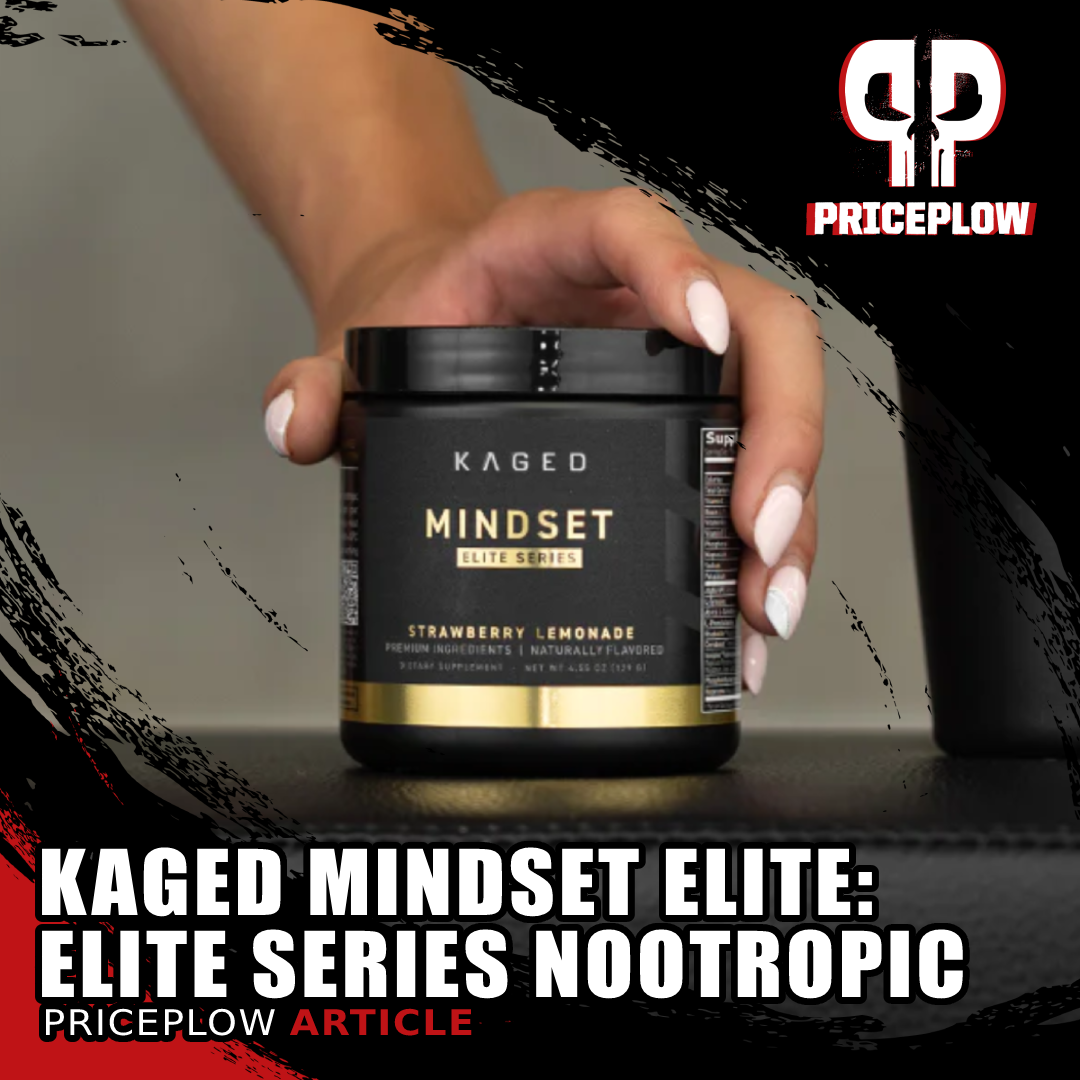
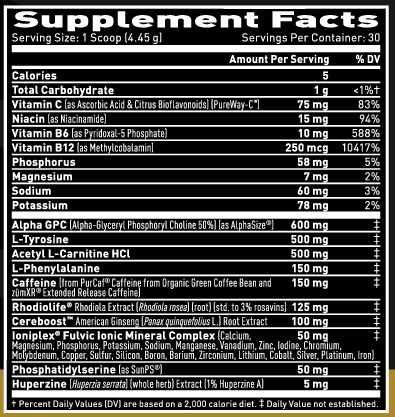
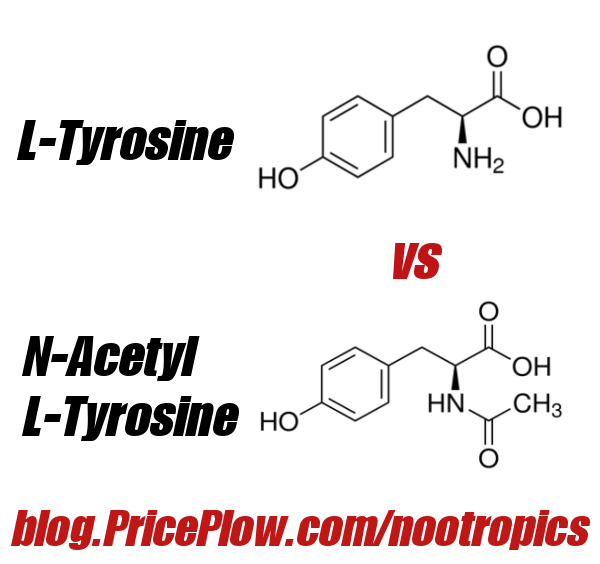
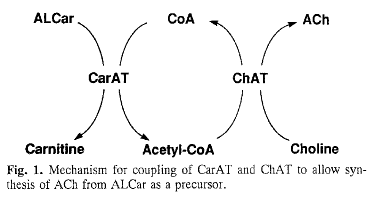
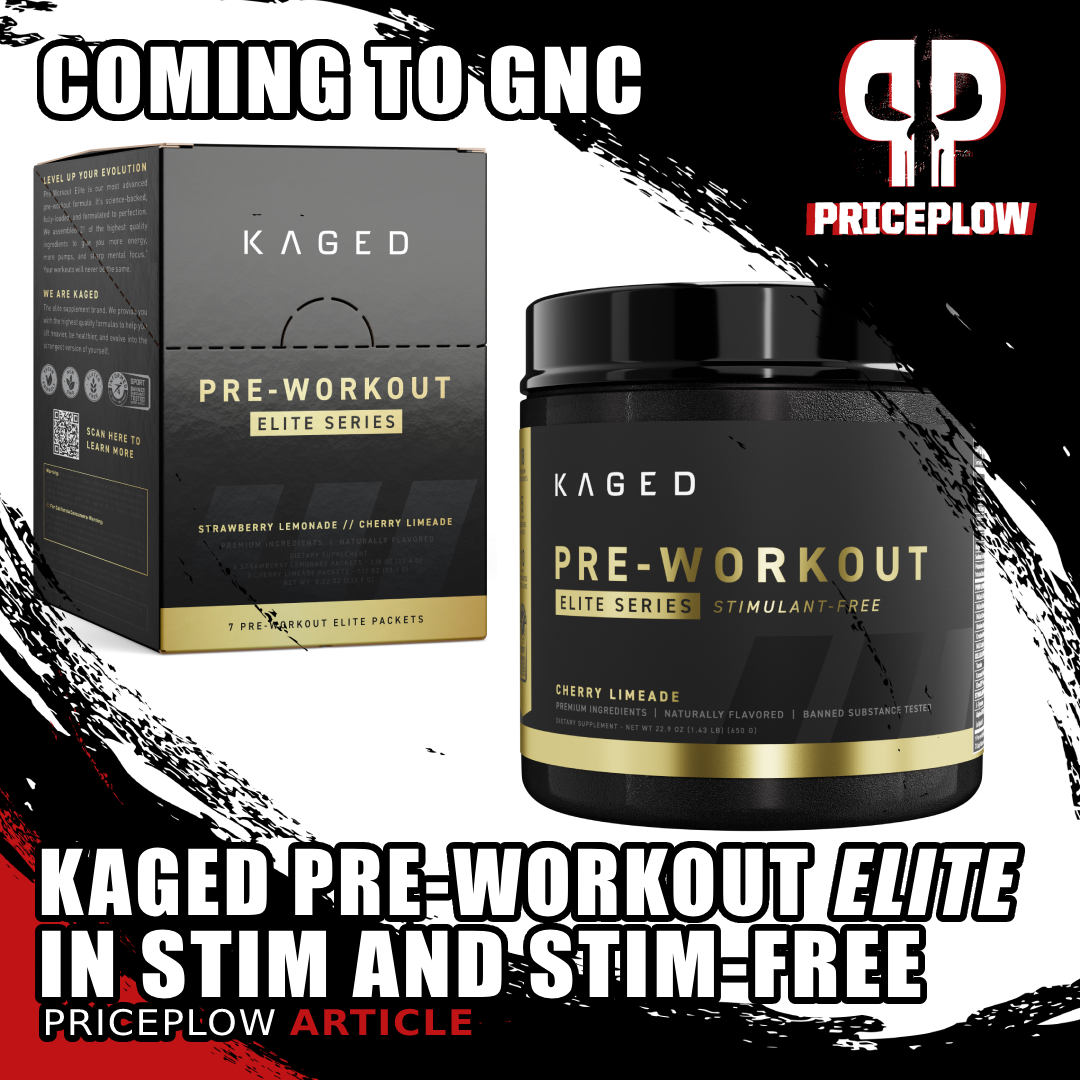

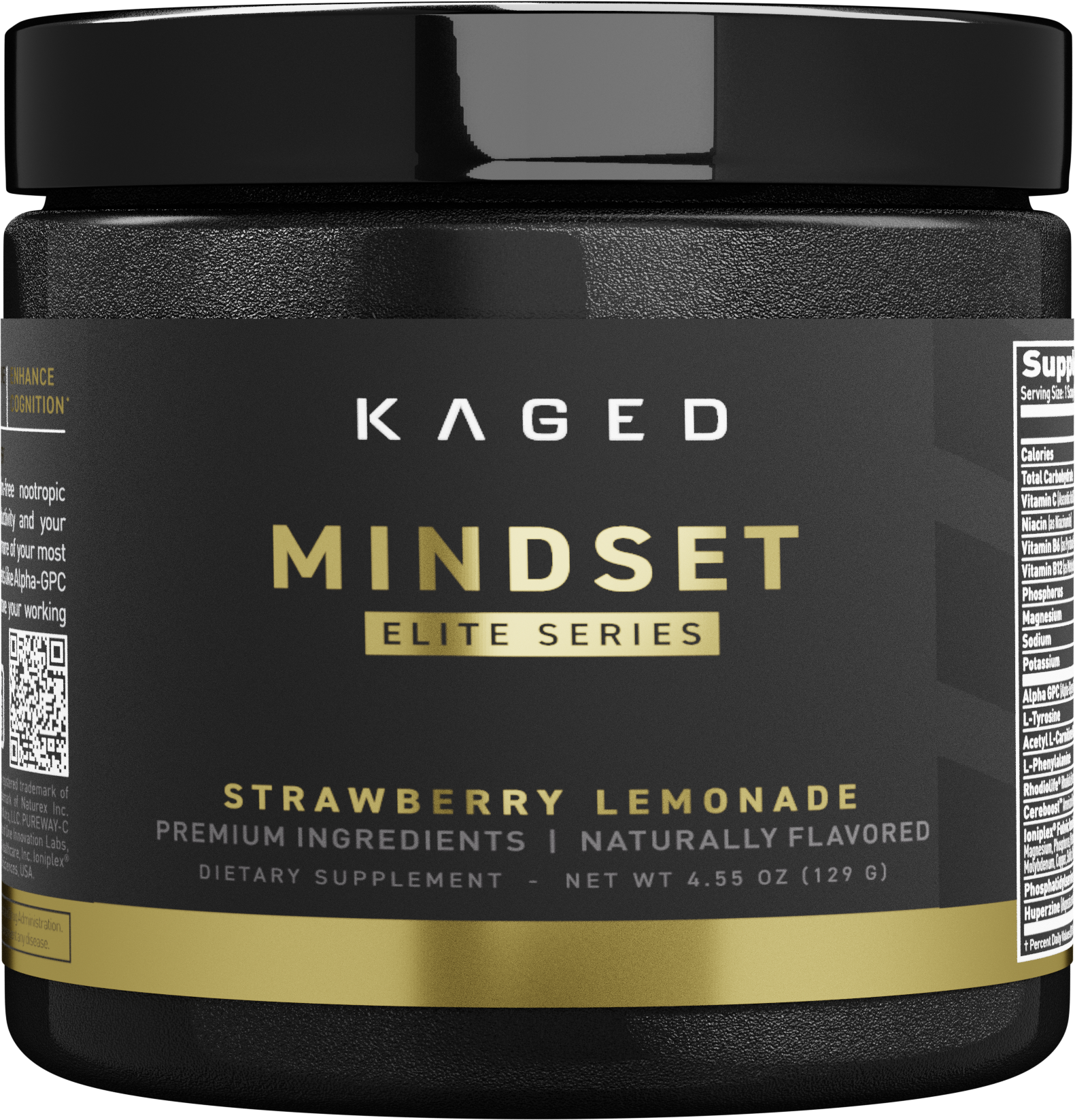

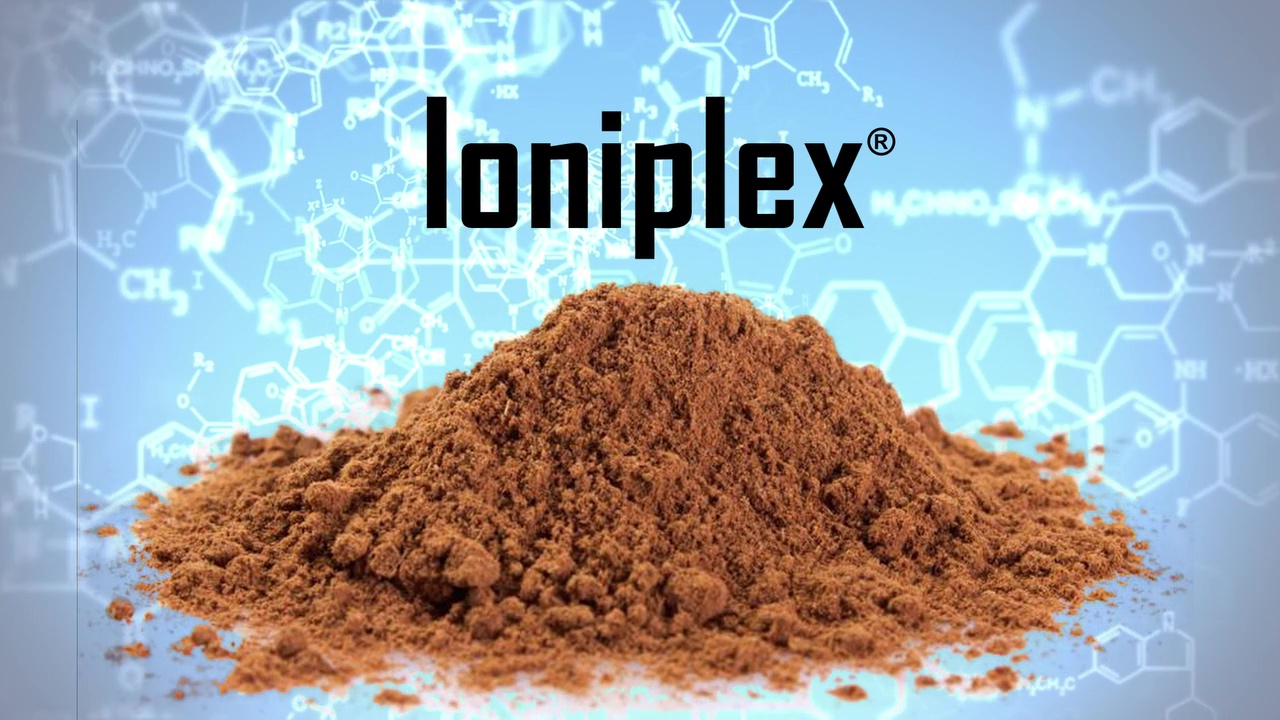




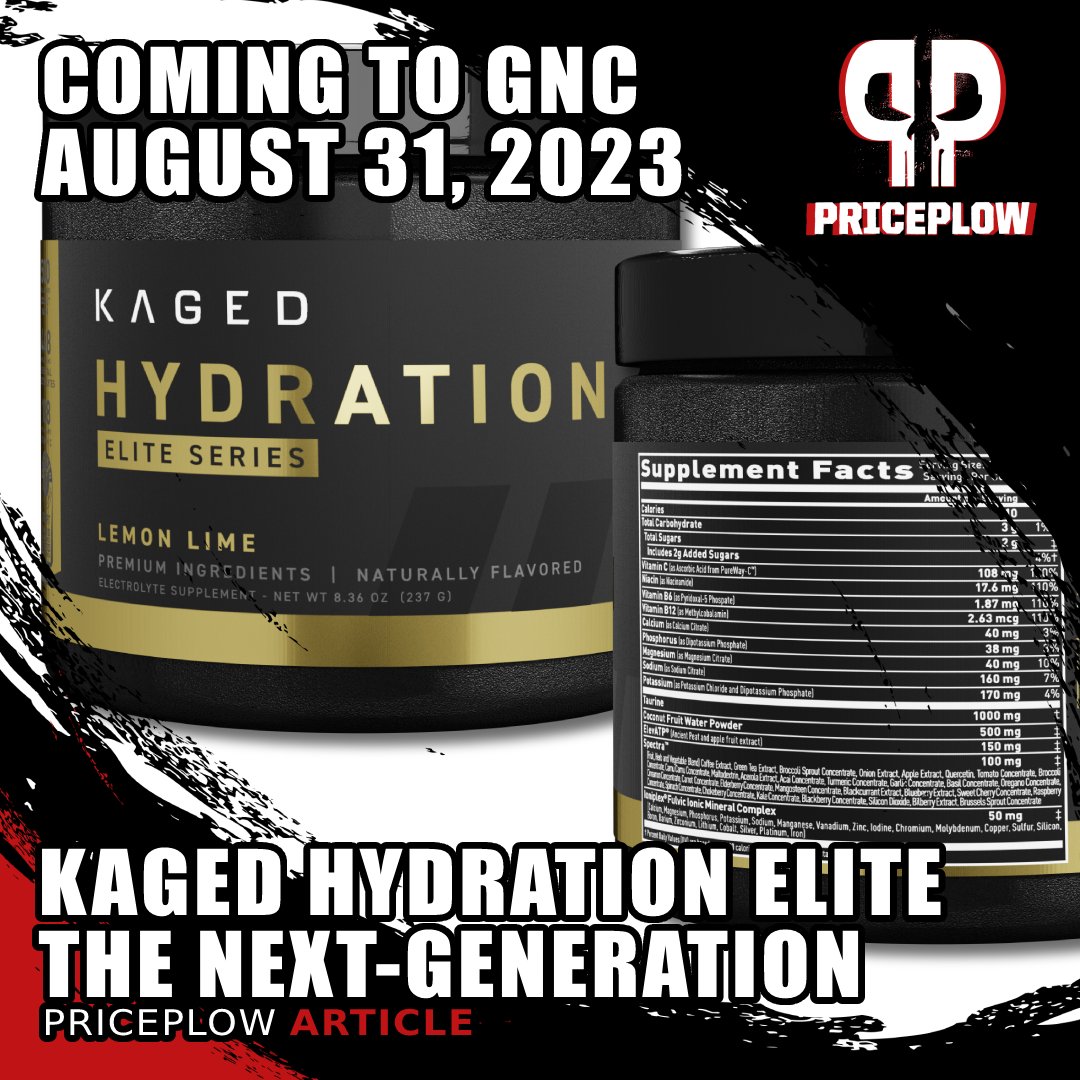


Comments and Discussion (Powered by the PricePlow Forum)